| DIRTY WIRE
TEST Wondering if the wire your using is too "Dirty."
The following is a simple test to provide a qualitative determination of "How
Dirty" the wire you are using is.
This test is best performed by establishing the approximate amount of
residual excess drawing lubricant or excess wire feed aid lubricant is on
wire which is working well. That will establish a base for comparison. |
|
The test is very simple. Use an ordinary
paper towel. With thumb and forefinger squeeze the towel around a
section
of wire. Wipe 3 feet of the wire. Examine the residue left.
Sound to simple-- but it works! Towel on right was made from a spool of
0.035 sold wire performing well. |
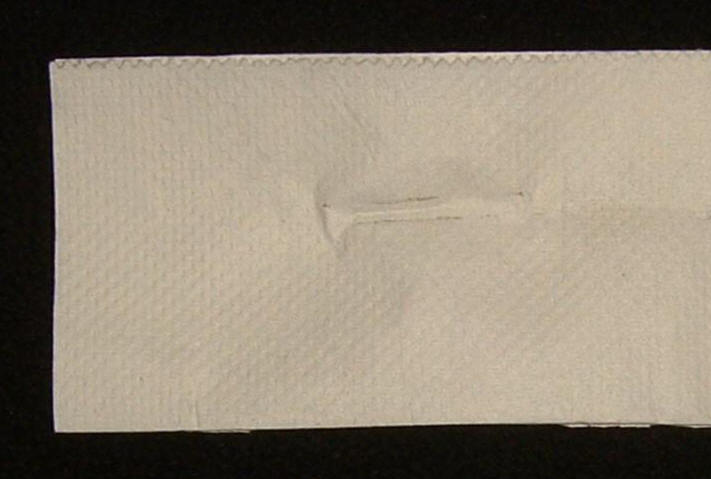 |
|
This sample was also made from a spool of wire
performing satisfactorily. |
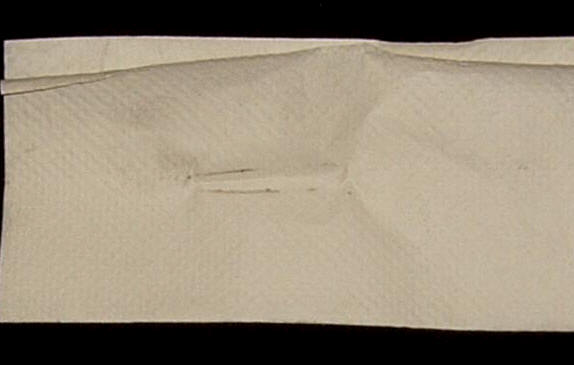 |
| However this shop had a barrel of wire that was
twisted and thrown away. It was from the same manufacturer but a
different Control Number. Testing a piece of that wire which was
recently discarded after clearing a "Birds Nest' reviled an interesting
result: |
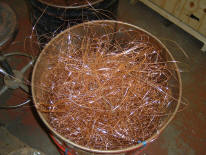 |
| When this wire was put to the paper towel "Dirty Wire Test"
it showed considerable residuals on the surface! This residual could
quickly clog the Torch wire liner and be the
reason for the feeding failures. |
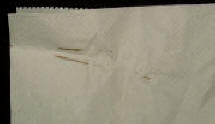 |
|
An interesting comment on a wipe
test is made in AWS C5.5, Recommended Practices for GMA (TIG) Welding,
paragraph 14.6.3 under Filler Metal Control; quoting,
"Prior to use
filler metal should be wipe tested with a clean cloth moistened with an
approved solvent such as isopropyl alcohol. After wiping, the cloth
should show almost no sign of contamination."
For checking wire a we have found
a paper towel provides more consistent results and need not be moistened.
|
Where does this residual lubricant come from? Very
heavy lubricants are needed to draw wire. Many are powdered soaps that
liquefy in the very high pressures of the drawing dies. As the die wears
some of the soap will come through and be on the wire. Some
manufactures also use a "Feed Aid." This feed aid may combine with the
wire drawing lubricants and create excess residual on the wire surface.
This residual clogs the Torch liner and causes feeding problems.
|
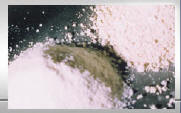 |
|
|
|
|

Purchase MUD FLAPSTM
MUD FLAPTM is a trademark of JVC Company |